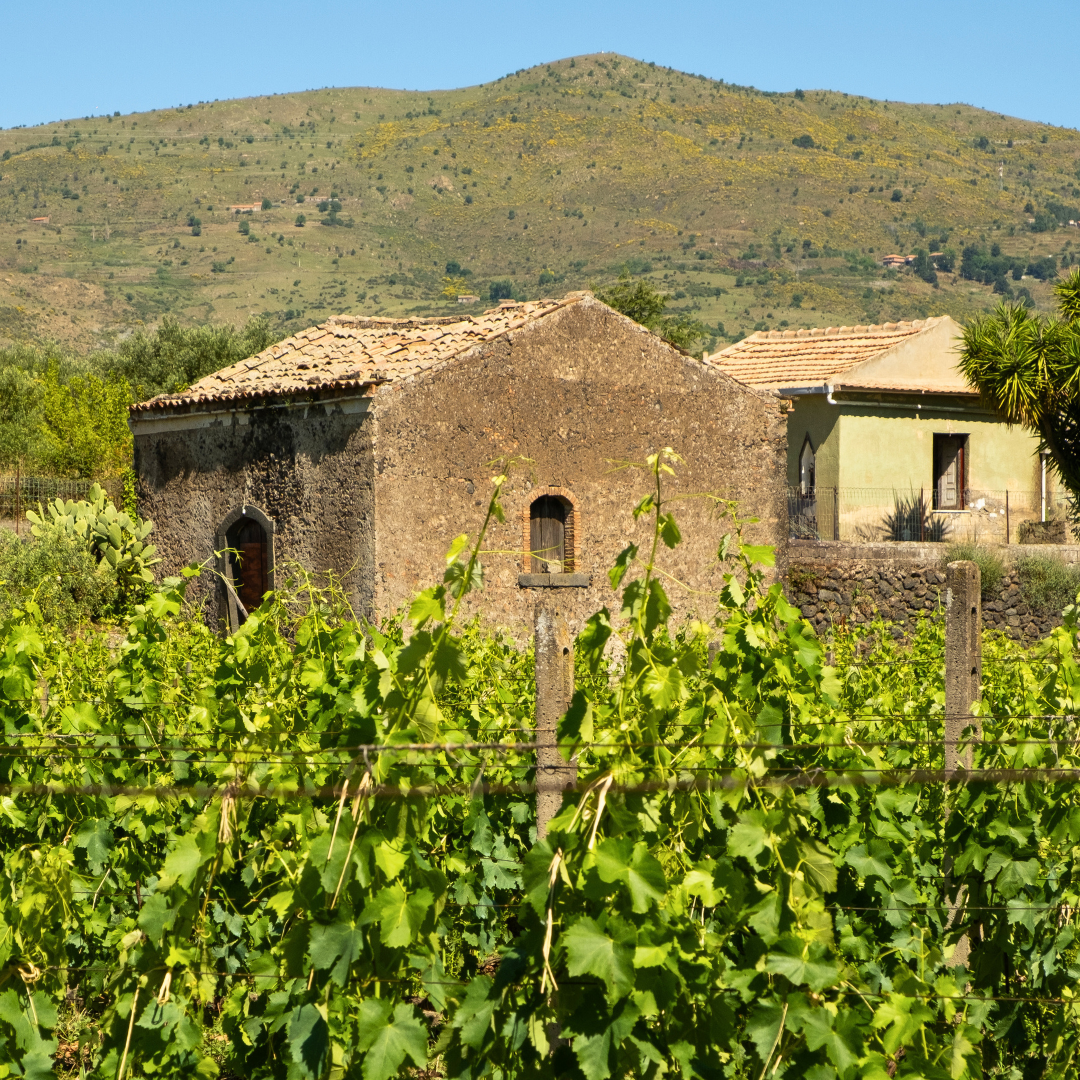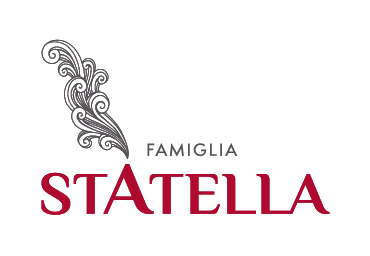Climate crisis and viticulture: how do we safeguard our vineyards?

Over the past decade, climate change has become an increasingly pressing reality of public concern. From year to year, we have seen the predefined climate balances and patterns to which we were accustomed change or even turn upside down; a case in point is the Mediterranean climate that has now become a distant memory.
Extreme climatic events, on the other hand, are increasingly frequent, such as, for example, the floods that have hit northern Italy recently or the prolonged period of drought that has affected our island and, in general, southern Italy.
The climate crisis is a particularly sensitive topic for those of us who, working in the agricultural sector, have no choice but to implement corrective actions to deal with the situation with preventive agronomic techniques and direct actions on cultivation methods.
We at Famiglia Statella are also taking action on multiple fronts in response to climate change to protect our plants.
Facing the scarcity of rainfall and the consequent drought, among the most important direct actions we are taking there are relief irrigations. These are implemented through localized plant-by-plant manual interventions in the Pettinociarelle and Pignatuni vineyards; such interventions particularly affect the younger plants. The case of the contrada Tartaraci vineyard is different, since the presence of a cistern has allowed us to create a drip irrigation system that allows the vineyard and olive grove to be irrigated evenly and efficiently.
Among other techniques to manage the climate issue we are also adopting some specific and timely agronomic techniques, including:
- Scalzatura: an operation carried out at the beginning of winter that consists of creating a furrow at the plant, allowing rainwater to be intercepted as much as possible at the roots;
- Sbarbatura: an operation subsequent to “scalzatura” that consists of removing surface roots in order to force the plant to deepen its root system, which by exploring deeper soil layers is able to be more efficient in absorbing water;
- Green manure: planting of specific leguminous plants whose growth allows for the restoration of nutrition and structure to the soil and increases soil water retention;
- Supply of organic fertilizers
- Supply of soil biostimulators: this is an innovative agronomic technique that is based on the principle of supplying substances to the soil in order to promote soil life (macrobiota), which allows for greater availability of water and nutrients
- Green pruning: these are all those operations that are done in spring/summer to manage the annual growth of the plant; in order to cope with climate change, we are trying to implement management techniques aimed at not exposing the plant too much to stress and heat peaks.
- Application of Kaolin: We are experiencing for a couple of years this technique, which consists of distributing a natural product called “Kaolin or “Rock Powder” on the plants during the hottest periods of the year (July/August). Rock Powder, as the name implies, is nothing more than the product of grinding specific stones from which a formulation is obtained that is then distributed in solution with water on the plants. The product forms a thin, white layer that reflects the sun’s rays, limiting heat stresses and sunburn on leaves and clusters. The results are encouraging.
We hope that all these actions will help protect vineyards and other cultures to ensure healthy and optimal fruit growth.
Keep following us for more updates on our social media channels and on our website.
